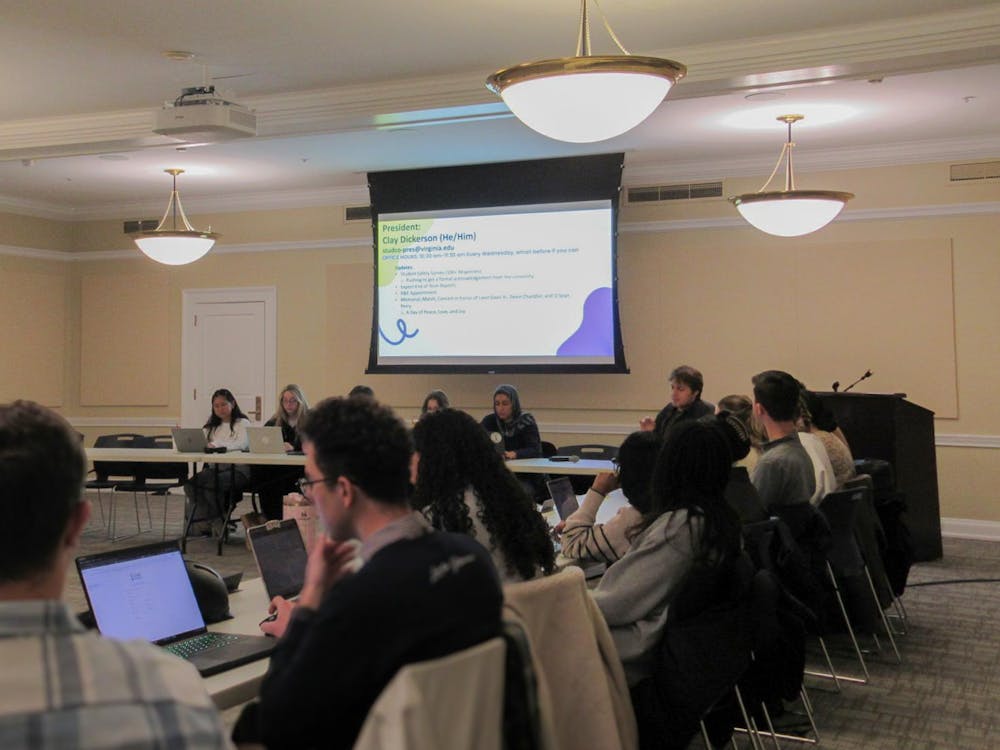Gov. Tim Kaine recently announced that the Department of Environmental Quality, the Commonwealth's environmental agency, will oversee a study to investigate the high mercury-level of the water in Virginia.
The DEQ has found mercury in the rivers and streams in Virginia for the past three years. Concentration levels of mercury are particularly high in the eastern part of the state, DEQ spokesman Bill Hayden said.
According to Hayden, because there are high levels of mercury in the water, there are also high levels of mercury in fish.
"There is enough contamination that the state health department has issued an advisory about eating fish," Hayden said.
Hayden added that the study is the first of its kind. It is intended to uncover both the source of the mercury and ways to significantly decrease the mercury level in the water. The DEQ hopes to release some of the study's findings later in the year, but the final report will not be released until May 2008.
The primary source of the mercury, a natural constituent of coal, is believed to be coal-burning power plants.
"Mercury is concentrated in organic rich coal," Environmental Science Prof. Janet Herman said. "When we burn the coal the mercury goes out the smoke stacks into atmosphere ... When it rains the rain brings the mercury back down into the surface waters."
Once it is in the water, mercury works its way into the food chain, Herman explained. "There is some mercury in phytoplankton, the fish eat the plankton and then they concentrate the mercury into their fatty tissues."
Mercury is particularly dangerous to pregnant women and children because it causes developmental problems. Moreover, mercury is "very toxic at low concentrations and can cause irreversible neurological damage and gastrointestinal symptoms," Herman said.
Right now, the DEQ does not have a specific solution. Hayden noted, however, that the department hopes to use computer modeling to determine how much of the mercury comes from Virginia power plants, how it moves in the atmosphere and how it gets to the water.
"There are resolutions in place that reduce the amount of mercury [power plants] put out," Hayden said. "The study could show that they will have to take additional steps."
Herman noted that as long as people continue to burn coal, the potential for high mercury levels will exist.






